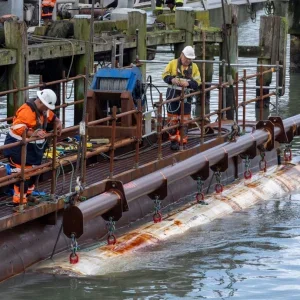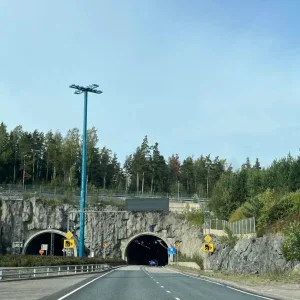"I don’t want us to back down. My goal is for all administrative matters to be completed by the end of this month so in March the development of MRT can start," he said on 20 February.
To support the plan, Joko said he would establish a study team, to include Jakarta citizens, in an effort to build support for the project. He acknowledged that there were still problems with the plan, which the team would seek to address.
"There will be an evaluation and study team for the project that involves the public, so that everyone will accept it and have a sense of belonging to it. We don’t want our project to have a negative impact on people," the former mayor of Solo said after a public hearing on the MRT at City Hall.
Residents of the Fatmawati area in South Jakarta who attended the meeting voiced their objections to the MRT project, with some expressing concerns that the development, which would pass through their neighborhood, gave rise to environmental problems. Rully Daniel, a citizen who lives in the Panglima Polim area of South Jakarta, urged the administration to
construct all MRT lanes underground.
"Elevated lanes would only mess up the tidiness of the South Jakarta area," he said.
In response, Joko said it was not possible to have all the lanes underground, as subway development involved three times the cost of elevated tracks.
Earlier this year, the Jakarta administration and the central government reached a deal on the cost-sharing structure for the MRT’s initial IDR 15.7tn (USD 1.63bn) tab.
The first phase of the project, a line from Lebak Bulus to the Hotel Indonesia traffic circle, will run 15.2km and is expected to be in operation by November 2016. A second phase, running 8.1km from the Hotel Indonesia traffic circle to Kampung Bandan in North Jakarta, is expected to follow in 2018.
Like the first TransJakarta busway corridor, the MRT’s north-south line will cut through the city’s key business district along Jalan Sudirman and Jalan Thamrin. But unlike the busway, the MRT will not take up an entire lane of existing roadway. Instead, the line will run on a combination of elevated and underground tracks in order to avoid disrupting traffic.







